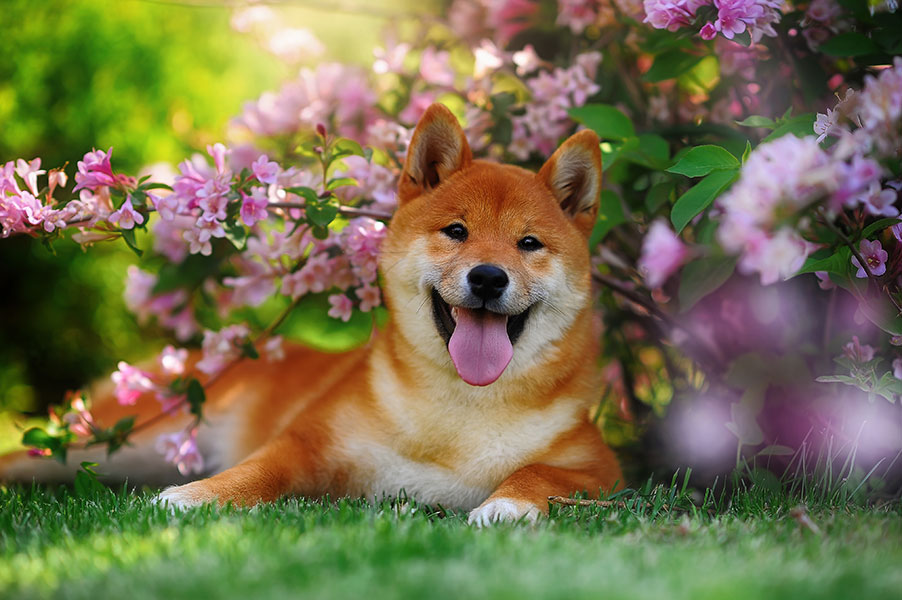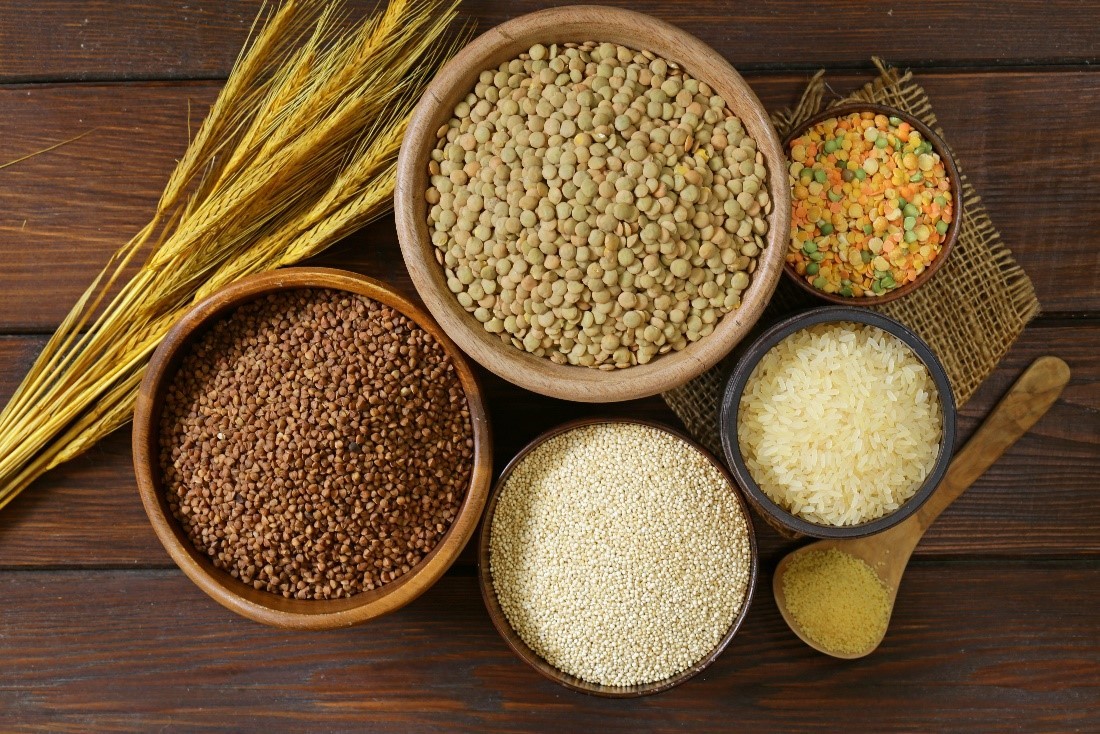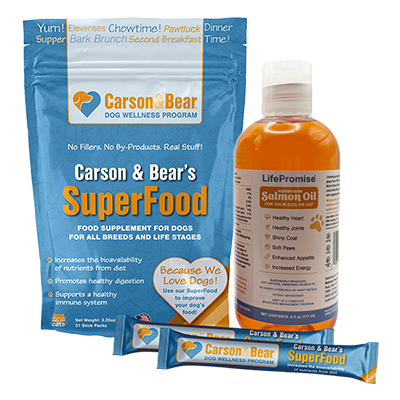There are so many ingredients to be mindful of in your dog’s diet to make sure it’s well-balanced and nutritious, and one of the most important of them is grains. Grains play an important role in a dog’s diet serving as a source of fiber and energy to keep your pup up for fun. However, choosing one grain source versus another can each offer different benefits and drawbacks.
Corn and rice are a couple of the most common grains that you’ll find on dog food labels, but with a lot of confusing discourse about each and how they impact dogs, you should understand their pros and cons to determine which source is best fit for your dog.
As we work to contribute to a world where healthier pets and people live longer together, we want to provide all pet parents with the information they need to make educated decisions about their dog’s diet and nutritional needs. Pet parents shouldn’t feel the need to go against the grains, they should understand them.
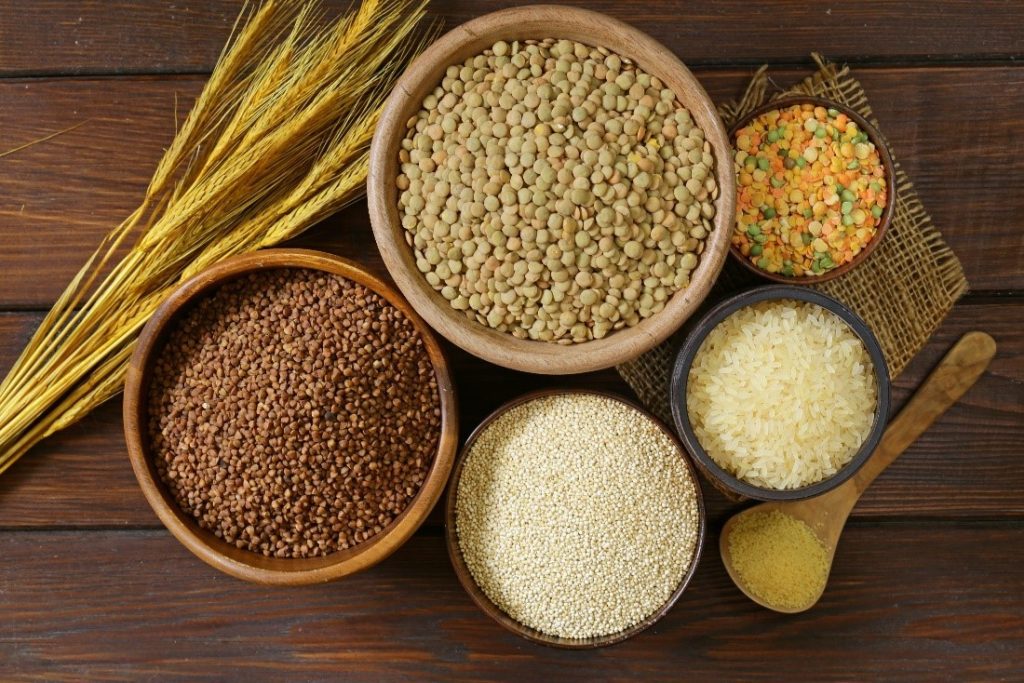
Not all corn is contentious
When analyzing corn as part of your dog’s diet, we’re not talking about the cooked kernels you might shave off the cob at a barbeque. Commercial dog food brands are known to use a different kind of corn – dent corn – to the kind humans consume, which is often incorporated into dry and wet dog foods as a highly processed ingredient. Corn has been widely debated as to whether it can be considered a top-dog grain source in diets due to this common heightened processing, which is necessary to make the food more digestible but also strips the corn of much of its nutritional content. Although just because corn has been processed, doesn’t necessarily mean it’s harmful. Processed corn is safe for most dogs but should be consumed in moderate amounts.
Another big concern that has been raised about corn is its high glycemic index which can spike your dog’s blood sugar levels. For this reason, it is problematic for your dog to consume a diet proportionally high in corn because it can cause them to gain weight or even develop diabetes. It is important for dogs to maintain a normal blood sugar level because it plays a vital role in their energy levels and organ function, while too much or too little can lead to the development of dangerous health complications. To ensure the best nutrition for your dog, be sure they are not overconsuming corn in their diet.

Rice can be nice, especially for stomach-sensitive pups
Another popular grain in dog foods is rice which offers similar benefits to corn as a good energy source to fuel your furry friend’s daily activities. Although, like corn, it’s important to make sure your dog isn’t consuming too much rice due to its higher glycemic index, and that it’s not been overly processed to reduce its nutritional benefits. When it comes to rice, selecting a whole grain rice or minimally processed one will be key to making sure it contains the essential nutrients that your dog needs.
Rice also is considered a good option for dogs who you suspect may be sensitive to allergies, such as one to gluten. Rice is gluten-free, making it a great fit for dogs with gluten intolerance which can cause digestive problems, skin conditions, inflammation and more. Rice is also highly digestible for all dogs – whether cooked or lightly processed – and is often recommended for dogs who are managing digestive issues that cause vomiting or diarrhea. This grain option is easy on their intestinal tract and can help firm up stool.
You now may be wondering – between white and brown rice, which is better to add to a dog diet? The answer isn’t completely straightforward and can only be answered according to your dog’s specific needs. White rice, as mentioned above, is most beneficial to dogs suffering from digestive upset, but offers less nutritional value compared to brown. But while brown does offer a better nutritional profile to white, it can be slightly more difficult for your dog’s digestive system to process due to its higher fiber content.
When you’re investigating dog food labels, be sure to look for a high-quality rice source and that it is free from pesticides and other toxic elements. Also similar to corn, it is good to look for human-grade sources to ensure the highest quality.
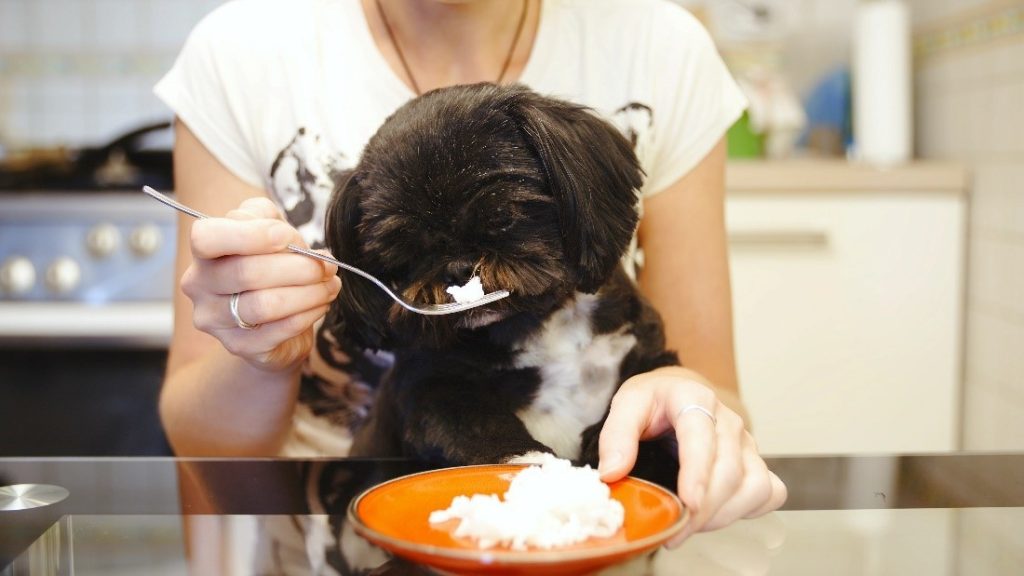
What to consider for all grains
Regardless of the grain you choose in your dog’s diet, selecting high-quality sources and taking into account your dog’s individual needs will be the most valuable considerations for providing a balanced and nutritious diet that will keep your dog’s tail wagging with whimsy. By being informed about the ingredients in your dog’s food, you can positively impact your dog’s overall health, well-being, and longevity. As always, if you’re unsure about which ingredients are best for your dog, be sure to consult your local veterinarian for guidance.

We want you to spend more healthy years with your pet so if you like what you learned today, keep an eye out for more content in the weeks to come. Stay up-to-date by signing up for email updates below.

